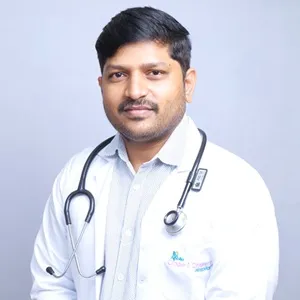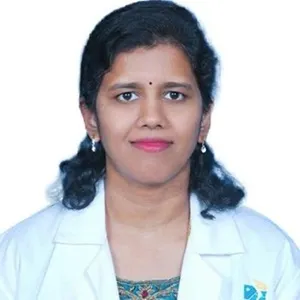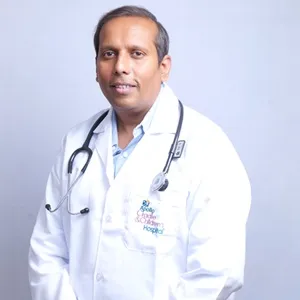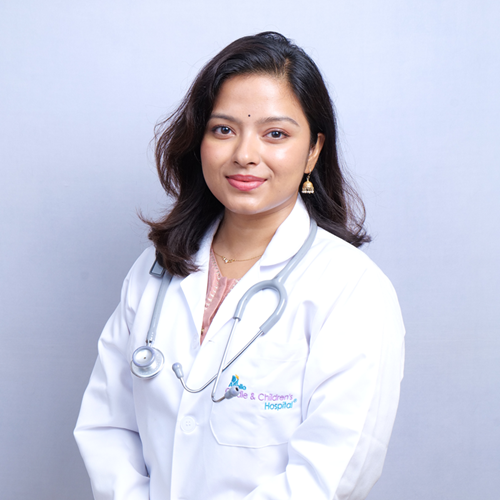Young children often have growing and sensitive bodies that are more susceptible to illnesses and diseases. Moreover, their active lifestyle and zest to explore the unknown can often put them at health risk. Though we can rarely stop them from trying new things and exploring the world, we must give them the right nutrition. This will aid in healthy physical and mental growth and development.
Children's bodies are quite different from those of adults. Hence, they require different specialists to tend to them when they are in need. Paediatric orthopaedics is one such branch that specialises in diagnosing and treating bone injuries in children.
What is paediatric orthopaedics?
Paediatric orthopaedics is a super speciality in a hospital that deals with exoskeleton problems in children. All types of issues relating to the joints, bones, and muscles are treated here. A team of specialised doctors with years of experience helps diagnose and treat fresh wounds or congenital conditions.
Children often become quite anxious when they are hurt or injured. Therefore, giving them a comforting environment along with the right kind of treatment will surely help put them and their parents at ease.
What are the different types of paediatric orthopaedic services?
Children's bones are quite young and still developing. They respond differently to medications and procedures. Therefore, paediatric orthopaedists handle issues on a case-by-case basis to provide personalised treatment to each child. Paediatric orthopaedics often deals with the following issues and injuries:
- Broken bones
- Torn ligaments
- Limb and spine deformities, whether acquired or since birth. (Eg., club foot, scoliosis, etc.)
- Changes in the gait
- Length difference of the hands or legs
- Tendinitis or bursitis
- Infections in the bones, muscles, or joints
Paediatric orthopaedic surgeons can also deal with extreme cases such as:
- Cerebral palsy
- Juvenile arthritis
- Bone tumours or bone cancer
- Muscular dystrophy
Not all exoskeleton injuries in children need treatment. Some issues do go away as they grow. Therefore, a qualified paediatric orthopaedic doctor will help you understand whether your child's problem requires treatment.
Who qualifies for a visit to the paediatric orthopaedic doctor?
Paediatric orthopaedic doctors specialise in handling exoskeleton injuries in children. You can take your child to visit a paediatric orthopaedic doctor in case of the following issues:
- sports injuries resulting in severe pain or swelling in any part of the body
- congenital or acquired scoliosis
- broken bones
- club foot
- problems while walking or moving
- spinal injuries
- ankle and foot injuries
- limb deformities
- nerve issues
Some of these issues can be quite fatal. Therefore, you should take your child to the doctor immediately if you notice any pain or sudden swelling in their bones or joints.
What are the benefits of visiting a paediatric orthopaedic doctor?
Paediatric orthopaedic doctors provide the best treatment and care for your child's exoskeleton issues. While some issues can hinder their daily lives, others can delay their normal growth and development. In such cases, visiting a paediatric orthopaedic doctor will help you get the best treatment at the right time to avoid problems escalating.
When you visit a paediatric orthopaedic doctor, you get the following advantages:
- Specialised care and treatment for your child's injuries
- Personalised treatment plan aimed at providing faster recovery
- Child-friendly staff that helps put the child at ease
- The latest child-friendly equipment for faster results
- A faster and easier process that aims to make you spend less time in the hospital with your child.
Paediatric orthopaedic doctors handle children every day. Advanced medical equipment can help diagnose problems easily. They will also discuss a treatment plan with you that will not hinder the child's daily activities.
Conclusion
Children are a bundle of energy. Seeing them in pain or illness can affect you negatively. Always be proactive when your child complains of sudden pain or injury. Injuries treated at the right time with the right medications can often avoid turning into complicated issues in the long run.
Request an appointment at Apollo Cradle, Bengaluru - Brookefield. Call 1860-500-4424 to book an appointment.
An MRI will help orthopaedic doctors locate the source of the fracture or the injury. If your orthopaedic surgeon has requested an MRI, it is important to get it done.
Clubfoot is the most common orthopaedic problem that infants face. Your maternity doctor will recommend you to a good paediatric orthopaedic surgeon who will help you with the right treatment plan.
Children between 3 and 10 years of age have a good prognosis when it comes to scoliosis treatment. Also, this age bracket is best for getting long-term results.
Joint pain in children, difficulty moving, loss of appetite, and inflammation of the eye are often signs of arthritis in children.
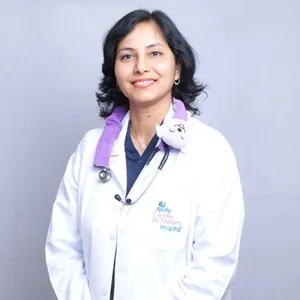
 92% Patient Satisfaction Score
92% Patient Satisfaction Score
